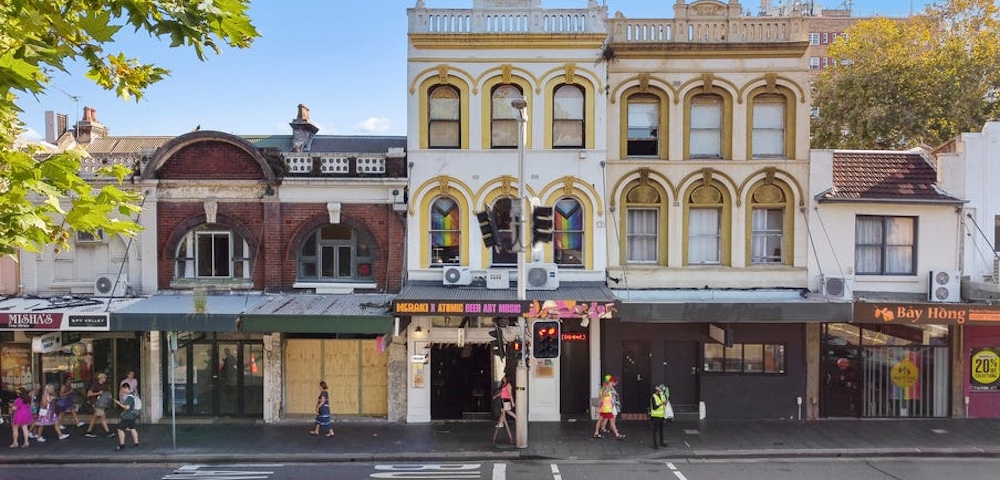
HIV infection rates on the rise: a wake up call for community
New South Wales HIV infection rates are on the rise for the first time since 1994.
With figures due for release next week ACON and NSW Health are expecting the number of new infections reported in 2002 to show a rise of between three and eight percent.
The result is similar up and down the Australian east coast, with Victoria recently announcing its third increase in three years and Queensland due to report a 20 percent increase in new infections today.
Jeremy McAnulty, director of communicable diseases branch of NSW Health, told Sydney Star Observer he expected a modest rise in infection rates, although final figures had not been confirmed.
The data we’re looking at at the moment does suggest a moderate rise, McAnulty said.
McAnulty said increases in gonorrhoea and syphilis infections among inner-city gay men in recent years suggested gay men were using condoms less. He said there was no evidence to suggest more people were being tested for HIV.
Our message is that we as a community need to look at ways of getting these numbers down again, both in HIV and the other sexually transmitted infections, he said.
ACON president Adrian Lovney told the Star the results were no surprise.
We were expecting for some time there would be an increase in HIV infections, he said.
Rises had been seen in various western countries with large populations of gay men, Lovney said -“ the fact NSW rates had not risen earlier was a testament to the work of Australian HIV/AIDS organisations and their education campaigns.
Lovney said there were a number of possible reasons for the NSW increase.
There’s clearly been -“ over some time -“ some slippage in condom use, he said.
We know that while most gay men wear condoms most of the time there is an increasing percentage of men who don’t. Condoms continue to be the safest and most effective way to prevent HIV and other STIs but the reality is there are some gay men who are not using condoms.
He stressed the rise in infections should not lead to the demonising of gay men -“ who had maintained incredibly high levels of condom use and safer sexual practices during the past 20 years.
Australian Federation of AIDS Organisations (AFAO) president Bill Whittaker said the rises in three Australian states reinforced calls for reforms to Australia’s HIV/AIDS response.
I think [the increase] is a wake-up call to Australia -“ certainly to the commonwealth government, the NSW, Victorian and Queensland governments, Whittaker said.
It’s a wake-up call to community-based organisations and it sends a strong message to all gay men that HIV is very much around, figures are on the rise, and we need to do everything we can to protect ourselves and our community from HIV/AIDS.
We’ve had huge amounts of impact, grief, personal and community loss from this epidemic. We don’t want to go backwards -“ we need to continue to push forwards.
Whittaker said it was time for the federal government to respond to a review of Australia’s national HIV/AIDS strategy completed last year, and to continue to take a leadership role in dealing with HIV/AIDS.
AFAO understands the review calls for a major shake- up of Australia’s AIDS response -“ particularly in the area of HIV prevention. We call on the minister to release the reports and provide a roadmap for bringing in a revitalised national HIV/AIDS strategy without further delay.
Federal health department spokeswoman Kay McNiece said government staff would check the figures. If they are correct, they are of concern.
[But] the strategy that’s in place at the moment very clearly deals with these sorts of ups and downs, McNiece said.
McNiece said federal minister for Health and Aging Kay Patterson would release the results of the review before the current strategy ran out in mid-2004.









